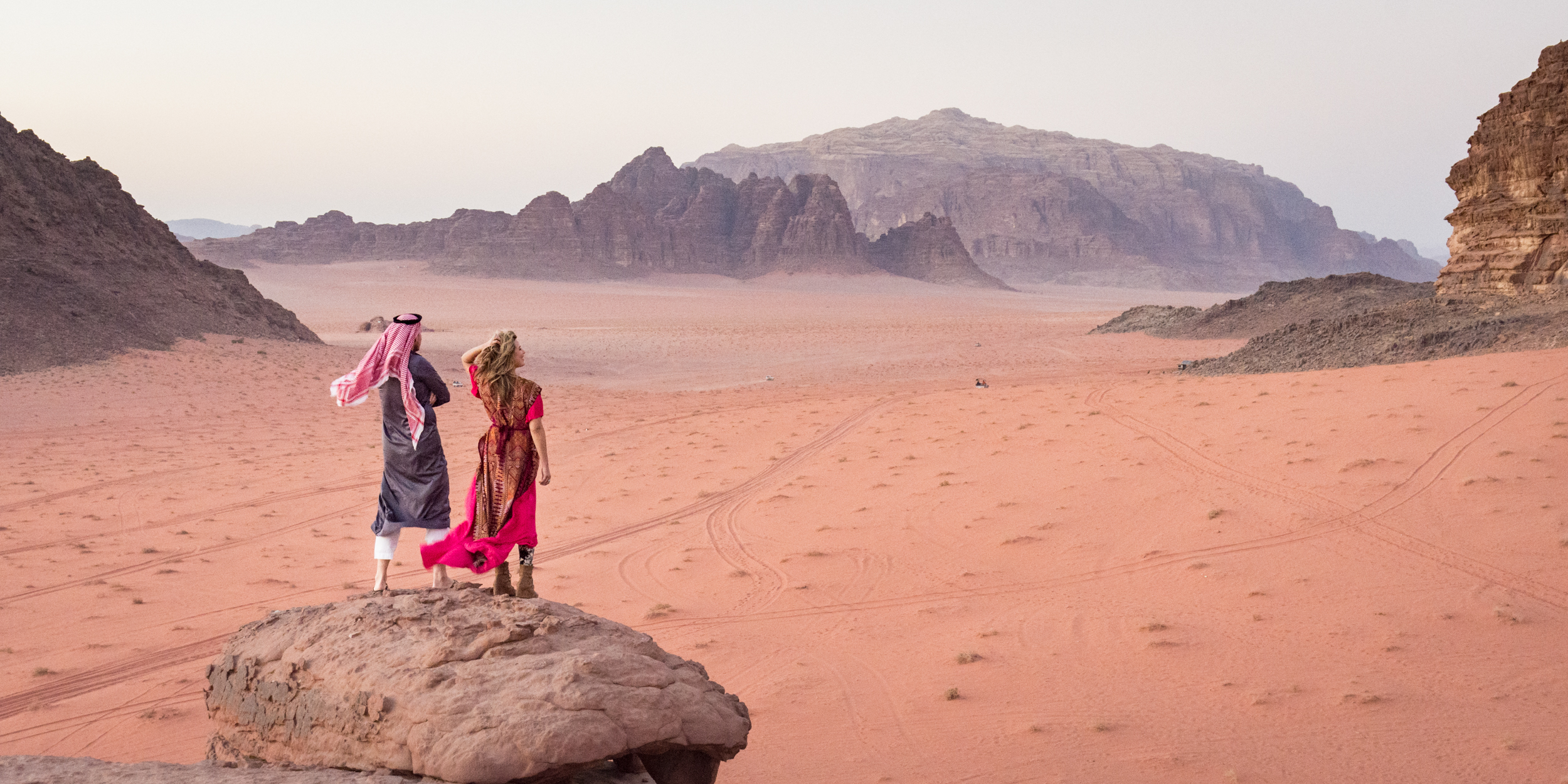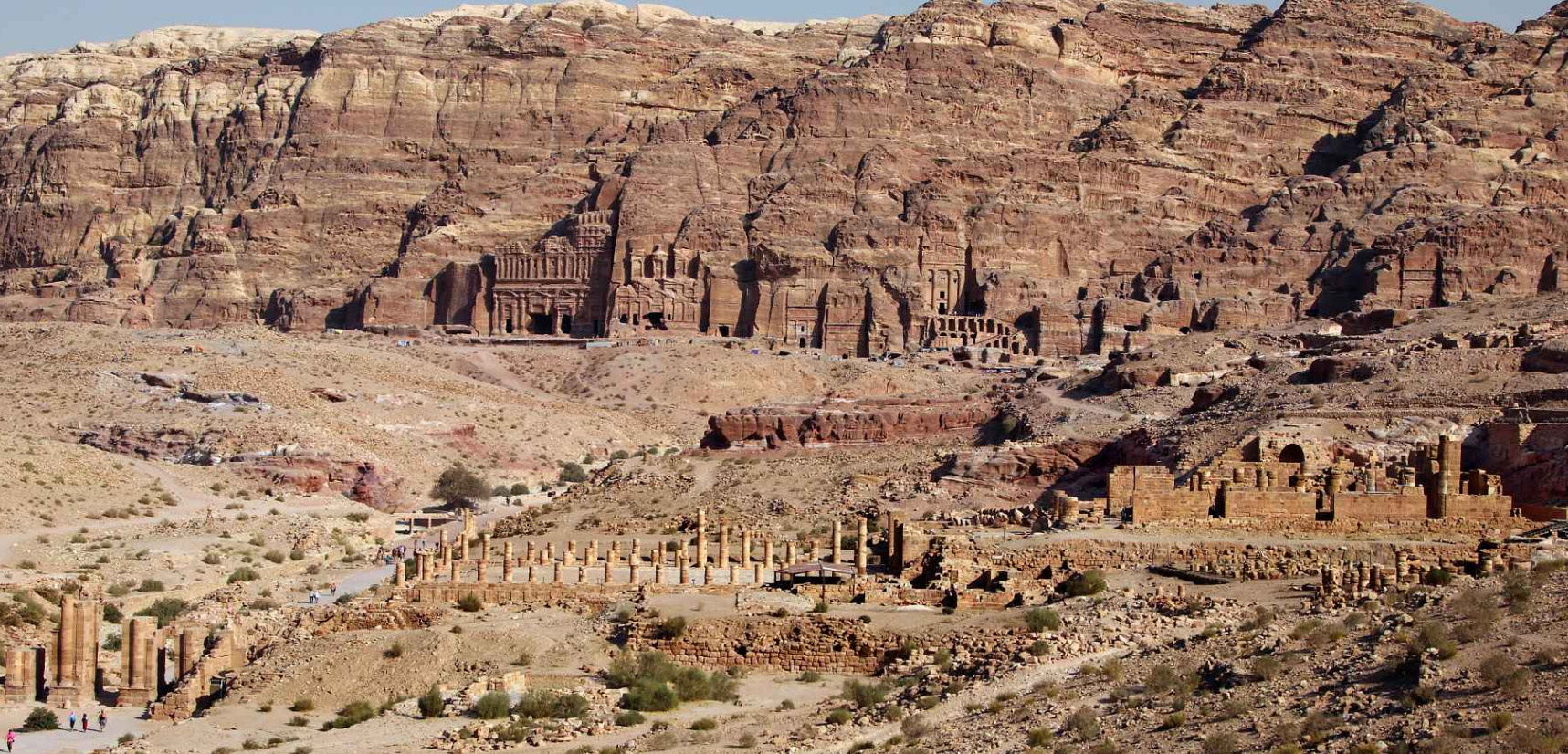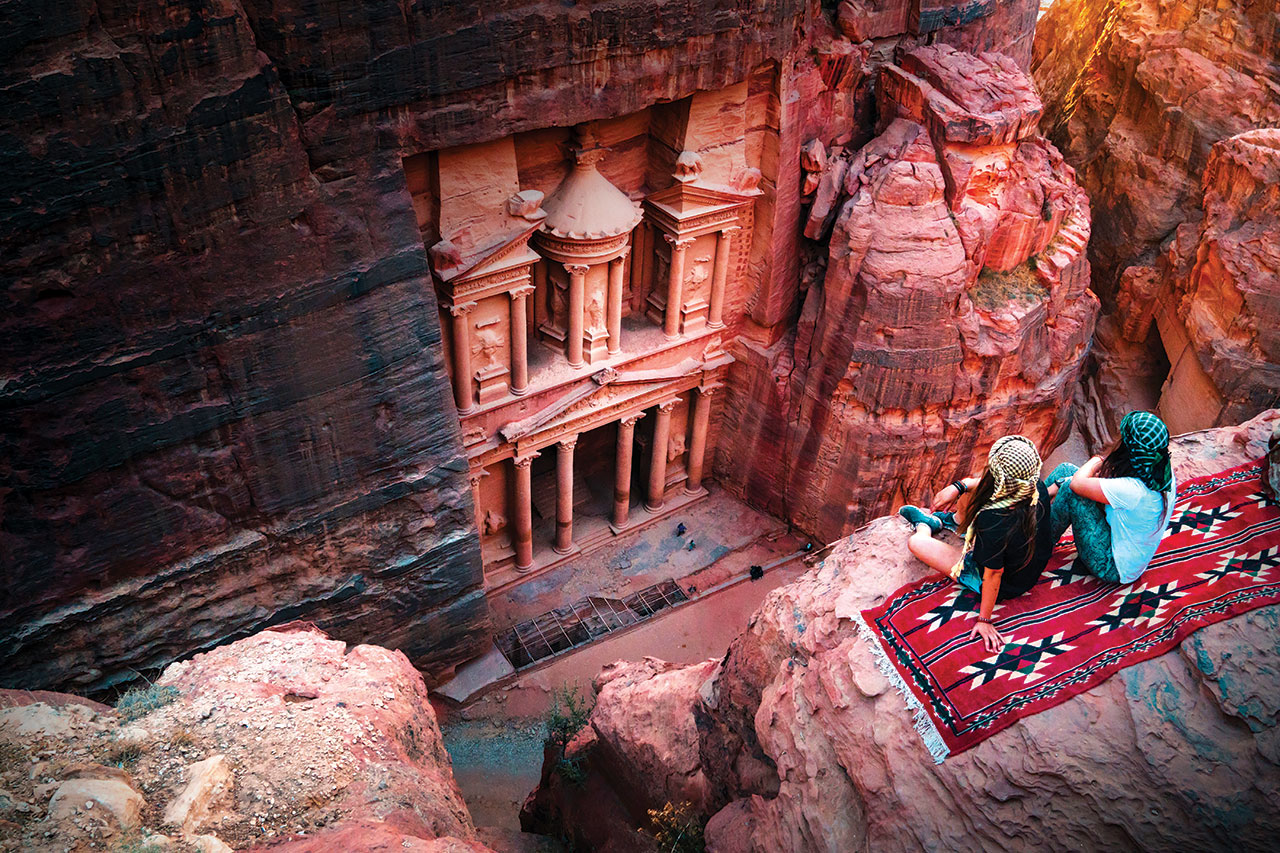Jordan is a land that lingers in the imagination long before you set foot on its soil. Though it often remains under the radar of mainstream travel, those who do visit soon realize it holds some of the world’s most breathtaking wonders. From the crimson dunes of Wadi Rum to the sculpted cliffs of Petra and the haunting grandeur of Jerash, every corner of Jordan tells a story carved by time, faith, and resilience.
Travelers are often astonished by the variety this small kingdom offers. One moment you’re standing on a windswept mountain looking down upon the Dead Sea, and the next you’re tracing ancient mosaics in Madaba or wandering through vibrant markets in Amman. Jordan feels timeless, yet alive — where modern life blends with millennia of history.




